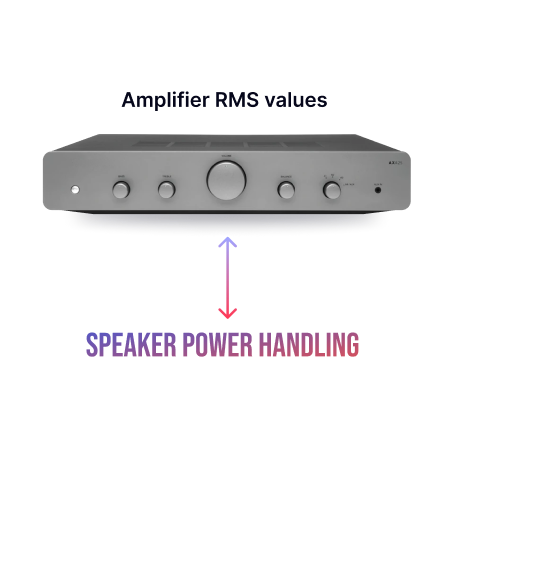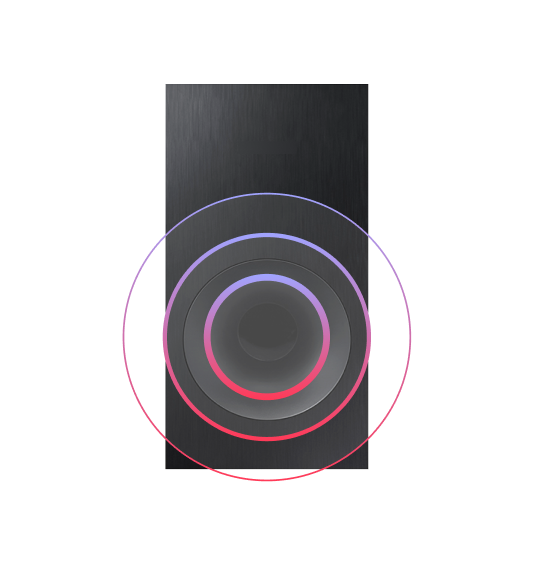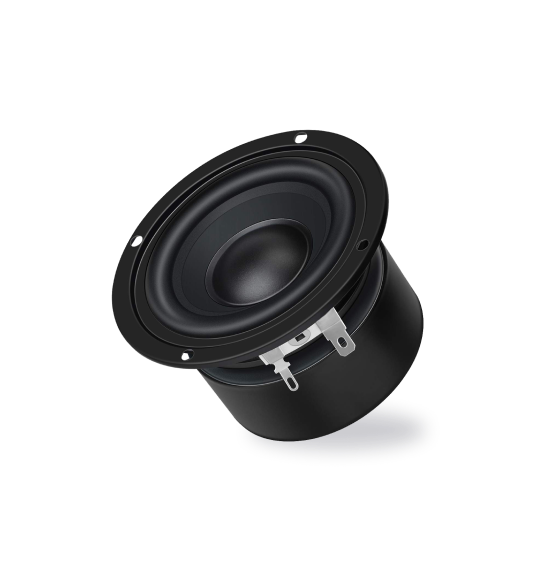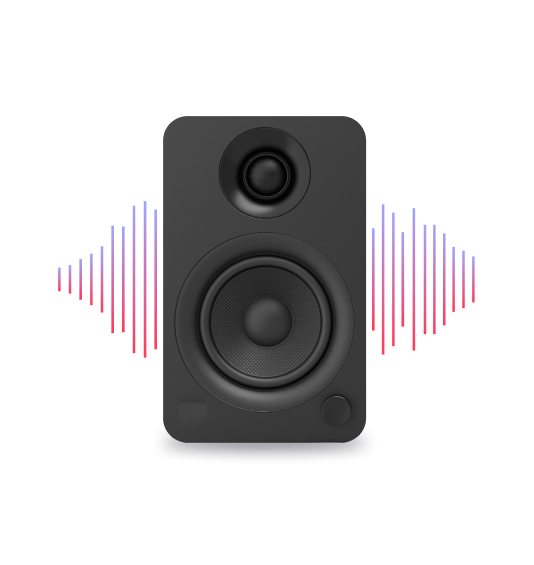

If you are building a home theater, you want the best quality components for each part of the setup. Home theaters are not only a large investment, but they will provide enjoyment for you and your family for years to come.
Not only will your visual senses be stimulated and engaged by the action unfolding on the screen in front of you, but the sweeping surround sound from your speaker setup will also completely submerge you in the acoustics.
And if you are already going through the expense and process of creating a home theater, you want to have the best possible speaker system and acoustic quality.
As always, the first step is to discuss home theater setups and speaker systems in general, before guiding you through the best speaker placement for incredible sound quality and the best viewing experience possible. Read on to find out more about sound systems and the best speaker layouts.
Home Theater
Speaker Systems
If you are building a home theater, you want the best quality components for each part of the setup. Home theaters are not only a large investment, but they will provide enjoyment for you and your family for years to come.
So, it is no surprise that a home theater setup requires the best kind of sound system you can implement, based on budget and space considerations.

Between screen quality and sound excellence,
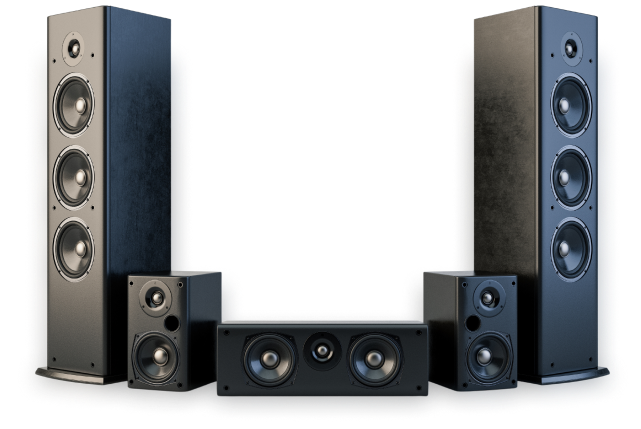
Your home theater will largely depend on these two factors for the overall experience.
And when it comes to speaker systems and sound distribution, you can tailor the essentials to your exact specifications.
Home Theater Essentials
Your home theater system requires a few essentials for completion. Here are some key things to keep in mind when you are setting up your home theater:

A TV screen
You can either build your home theater around an existing screen or select an HDTV screen size that fits your room and seating layout. Another option is installing a projector screen and projection unit for viewing media.
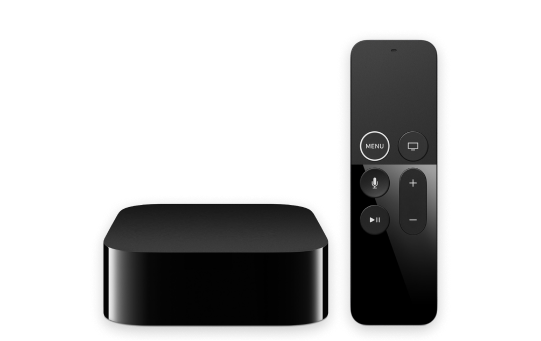
Streaming Devices
Keeping your home theater flexible to different media and streaming options is a good idea. An ideal home theater receiver should be a multi-talented hub for streaming from your computer, tablet, phone, or even online apps like Qobuz, Spotify, Sirius XM, and TIDAL.
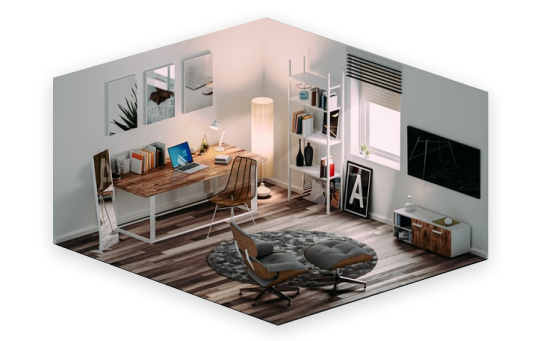
The Room
Your room space will dictate some home theater considerations, such as screen and speaker size, amount of seating, etc.
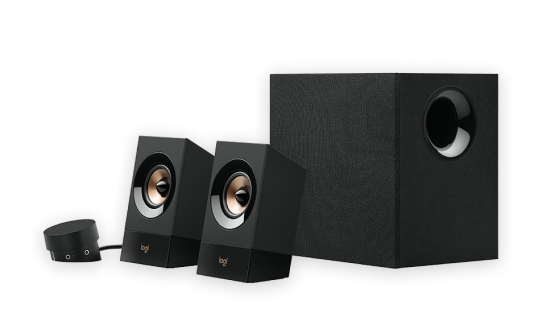
Top-Notch Sound System
Having great audio to go along with your high-definition TV image display is a guaranteed way to enhance your home theater and viewing or listening experience. Surround sound systems work to engulf the audience in sound detail, using speaker positioning and bass and treble broadcasting to immerse you in sound.
What is a Surround Sound System?
These days, surround sound systems are one of the most popular additions to homes. Upgrading your speakers and enhancing your home theater not only gives you more enjoyment in your movie nights but also adds value to your house.
But what exactly is a surround sound system?
Surround sound is a way to enhance the fidelity and depth of sound percussion by using multiple audio sources from speakers, specifically placed to envelop the audience in sound. Coming into vogue after earlier sound setups—monaural, binaural recordings, or stereophonic systems—surround sound adds more audio channels to your system to create a more immersive experience.
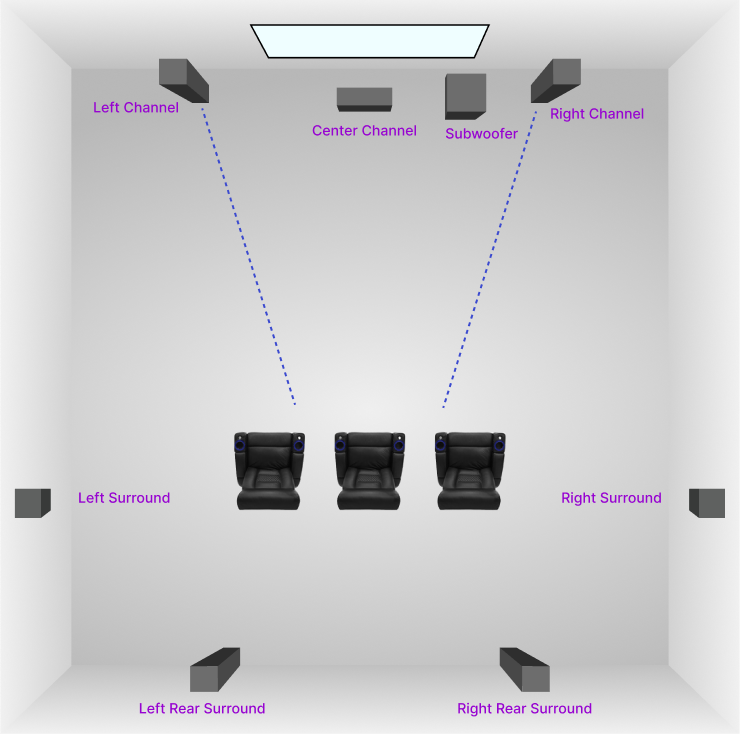
Why You Need a Surround Sound
System for Your Home Theater
In summary, surround sound takes your audio experience to the next level. Whether you are watching a film, a TV series, or even just enjoying some music, adding an enhanced sound system to your home theater is a great idea.
But what are some of the specific benefits of installing a surround sound system?
More authentic acoustic experience
Surround sound gives you a more authentic acoustic experience—having a big screen in your home theater is great for optimal viewing, but it’s the surround sound that brings the visuals to life.
Able to hear individual instruments
You will be able to hear individual instruments in sweeping film scores, be engulfed by battle sequence sound effects, or hear the cheering of the crowd around you as your team scores a touchdown.
Sound quality is incredibly heightened while being completely customizable to your own sound preferences—richer tones, scalable bass, and treble settings, and positioning adjustments give you movie theater sound clarity in your own home and enhances your entire entertainment experience.
What Do You Need
to Set Up a Surround Sound System?
A good surround sound system is made up of a few essential parts. Here is what you will need to start setting up your sound:

One center channel speaker
A center channel speaker that sits either above or below your TV screen.
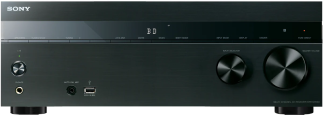
One home theater receiver
A home theater receiver to power your speakers.
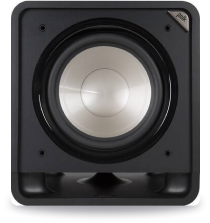
One-Two Subwoofers
Between one and two powered subwoofers.
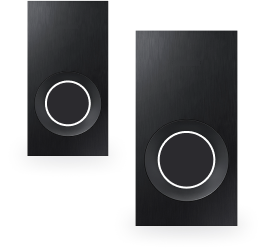
Two or Four surround speakers
Either two or four surround speakers (always in pairs of two), placed behind and/or beside the audience. Bookshelf speakers or specialized speakers that direct the sound output in different radius directions are an option here.
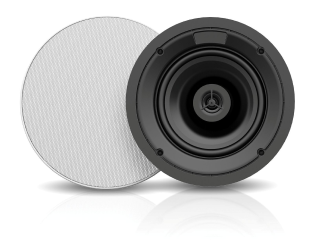
A pair of in-ceiling speakers
If you want to have overhead sound effects, you can install a pair of in-ceiling or upward-firing speakers and link them to your receiver’s Dolby Atmos processing.
Get the
Right Speakers


The quality of your home theater’s sound system will ultimately rely on the speakers themselves.
Because surround sound systems require specific speakers in precise positioning, you need to make sure you install the correct units for the best audio experience. Let’s discuss some aspects of speakers and which are essential for your home theater.
Types of Speakers for Your Home Theater System
Before you commit to speaker placement, you should know some key things about speaker types and how they make up a complete audio system. The following are the most essential speakers that you will need for your home theater surround sound system.
Center Channel Speaker
This is the most important surround sound speaker that will go into your home theater system.
Over 50% of the soundtrack, and almost all spoken voice dialogue in films, comes from the center channel track.
So keeping your center speaker in the right place is essential to clearly understand what the characters are saying onscreen.
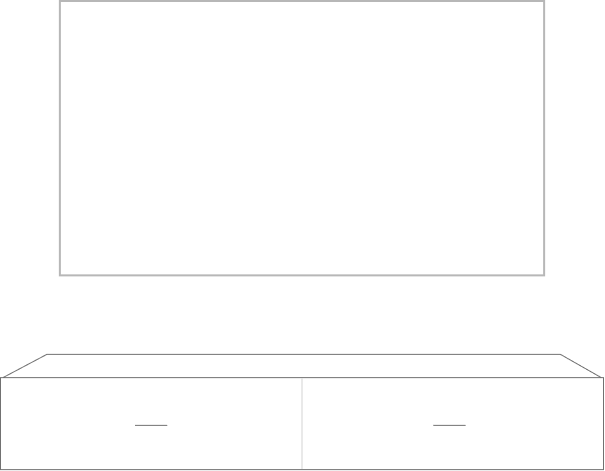

Most center channel speakers are long and skinny in shape,
So they can fit comfortably under the TV screen.
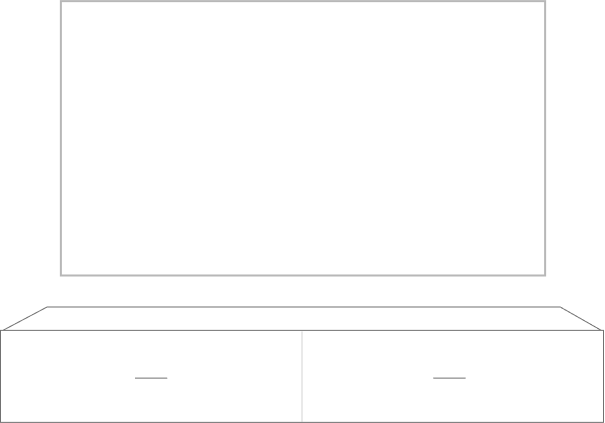

Be installed above it.
But you can also find on-wall or in-wall center channels that produce the same great audio.
It is best to have the same brand of left and right speakers as your center speaker so that voices or soundtracks pan seamlessly across the front of your home theater.
Brand of
center speaker
Brand of
left and right speakers
For optimal sound movement, you should also try to keep all speakers within the same brand’s series, as most good speaker manufacturers design their center channel speakers to match up directly with floor-standing or bookshelf speakers in the same series.
Front Left and Right Speakers
These speakers will act as your parallel units on either side of the TV screen or an acoustically transparent projection screen.
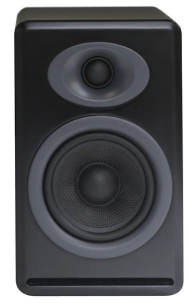
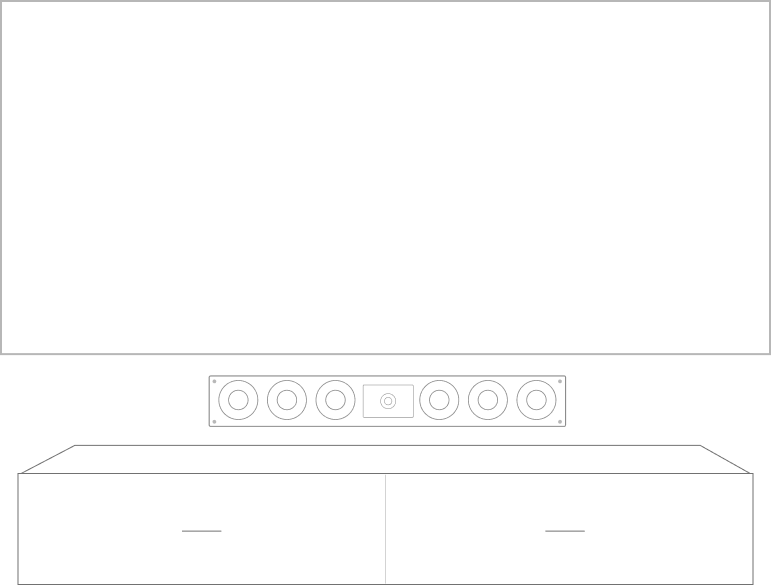
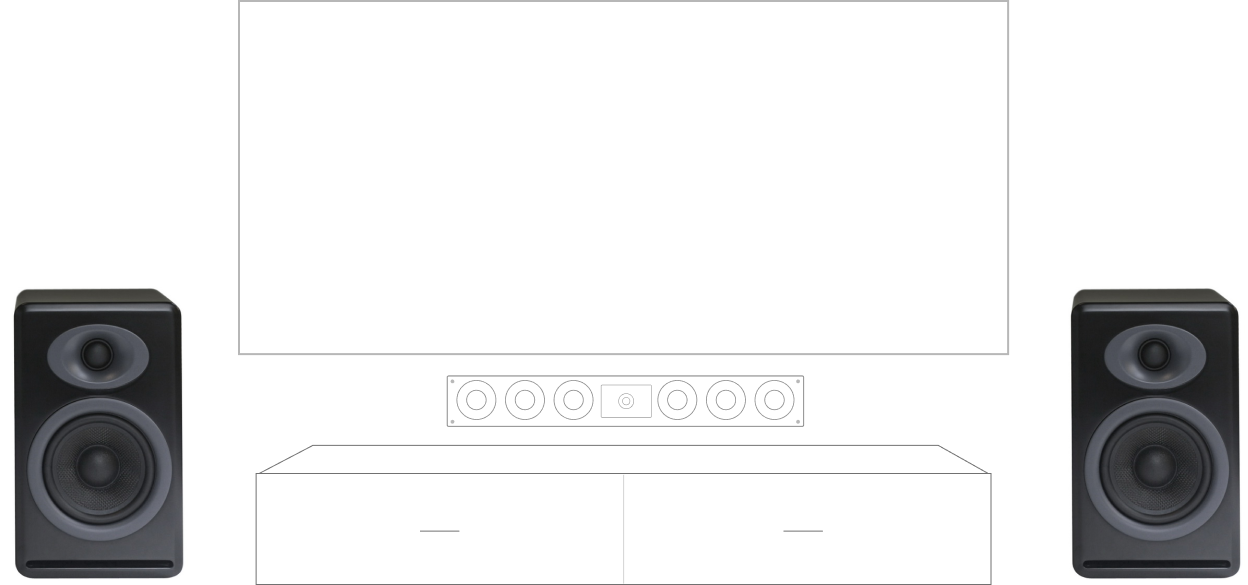
Because these speakers receive and broadcast much of the acoustic information from a film or concert’s audio track, you definitely do not want to skimp on these units.

They can be floor-standing, bookshelf models, on-wall, or in-wall speakers, depending on your room requirements and your budget.
Front left and right speakers are meant to handle detailed scores and immersive sound effects, and around 75-80% of video or concert sound comes from the left and right channels. If you are listening to vinyl audio, 100% of the sound comes from these speakers.
If you are watching video or concert

of video or concert sound comes from the left and right channels
If you are listening to vinyl audio

of video or concert sound comes from the left and right channels
So, selecting a good quality pair of front speakers is essential to the sound experience of your home theater, and they will likely last for years or even decades, making them cost-effective in the end.
When it comes to more complex speaker setups such as the 7.1 channel setup, you will need a pair of speakers very similar to these in the back of your home theater space, known as back left and right speakers.
They perform the same duties as their front-of-house counterparts and add that extra level of rear audio projection into the surround sound system.
Left and Right Surround
Sound Speakers
As the name suggests, these speakers are the ones that give you the most comprehensive audio.
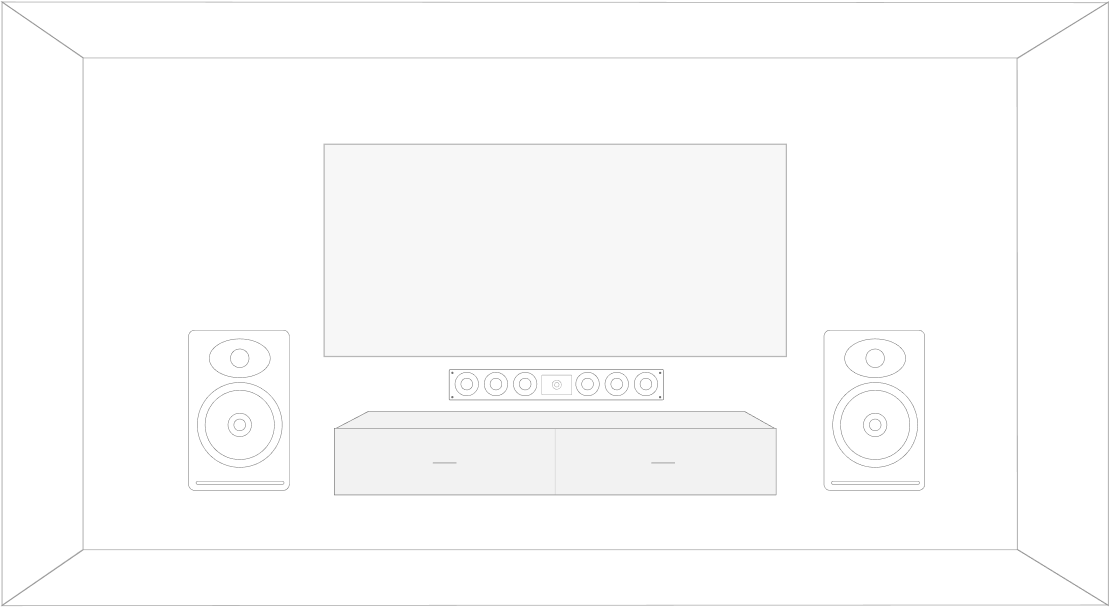

The realistic 3D surround sound comes from these speakers, and they often work with the front left and right speakers to conjure the perfect acoustic immersion.
Surround sound speakers are likely to be smaller units than the front left and right speakers, coming in models such as satellite, bookshelf, or in-wall speakers.
In-wall speaker
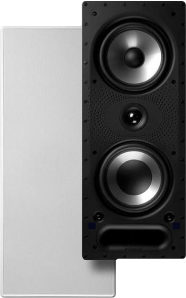
Bookshelf speaker
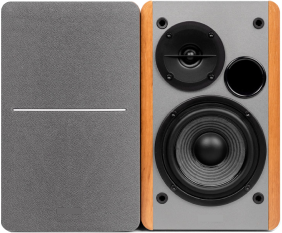
Satellite speaker
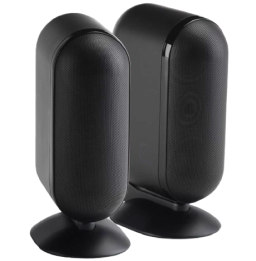
This is useful for space considerations, as you don’t need to have large floor standing surround sound speakers to achieve immersive 3D audio, and this frees up some space in your home theater room dimensions.
Subwoofer
The subwoofer unit is responsible for a very important function—they produce the low end of the sound system, the bass.
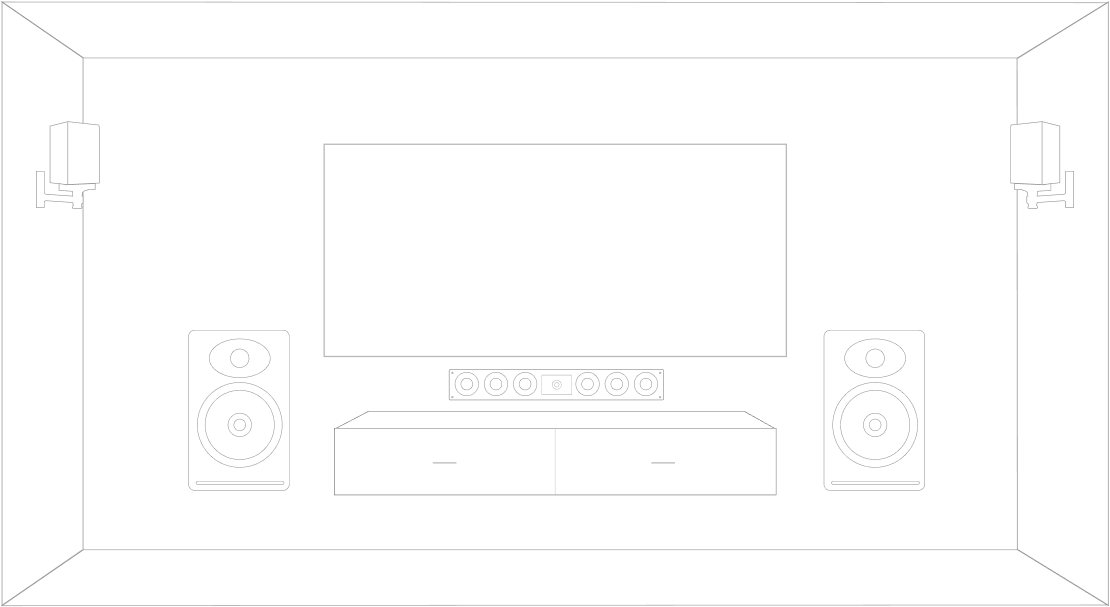
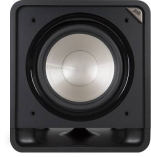
The subwoofer will also take up a larger amount of space, as its physical size is necessary to house a speaker big enough to reproduce bass lines and other extremely low frequencies.
When it comes to types of subwoofers, how you connect them to the rest of your home theater setup depends on whether it is passive or powered.
The quality of the sounds is not terribly affected by which kind of subwoofer you choose, so you can focus solely on what is right for your budget and home theater setup.
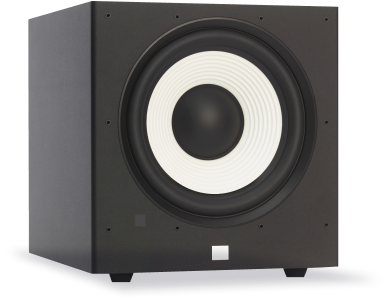
Powered Subwoofer
When it comes to powered subwoofers, they live up to their name. This type of subwoofer is self-contained and utilizes a speaker-to-amplifier configuration that optimally matches the characteristics and encases them together. In essence, a powered subwoofer only needs a single cable connection from your home theater receiver or surround sound pre-amp output and is powered by its own built-in amplifier. They are exceedingly easy to use with modern home theater receiver units, as most receivers come equipped with one or two subwoofer pre-amp line outputs directly designed to connect your powered subwoofer.

Passive Subwoofer
This type of subwoofer needs to be powered by an external amplifier—much in the same fashion as traditional loudspeakers—to reproduce bass. And because passive subwoofers require adequate amplifier or receiver power to work, you will have to take into consideration amp power output specifications. Connecting an amplifier to the passive subwoofer is simple, you can just use speaker wire to join them or use an AV preamp processor as the middleman between the subwoofer and external amplifier.
Atmos Height Speakers
These speakers are part of a new object-based surround sound system specifically made by Dolby Labs. Atmos height speakers give you the overhead sound effects from the audio track being played, and because they are mounted in the ceiling, your audience will feel like they are right in the middle of the action.
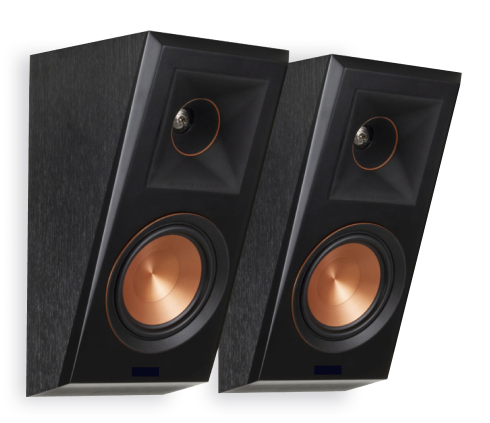
The recommended setup for Atmos speakers is 4 units that will give elevation to the sound effects and audio details.
And if wiring into your ceiling is too difficult for your room setup, some new Atmos speaker models have angled designs that you can mount at the intersection of your wall and ceiling to send the height effects down towards your audience.
How to Choose the Best Speakers
More than just selecting the speaker brand that looks nicest, there are some further considerations to keep in mind when choosing the best speakers for your system.
You might want to think about:


The quality of your audio and the immersion of the entire sound system depends on the speaker placement within your home theater space. This is a crucial step in setting up your home theater for success and acoustic prowess.
Where
the speakers go
Where
the TV screen is positioned
How
the seating is arranged
All these aspects play a vital role in your listening experience.
And because seating is one of the major disruptors to the flow of surround sound, you need to make sure your chairs and recliners are placed away from the walls and at an optimal distance from all the speakers.
How to Plan a Surround Sound Layout
Luckily, there are several common speaker setup plans that you can apply to your own home theater space. But there are some specific considerations to keep in mind as you are placing your speaker system.
The easiest way to choose the sound layout is by measuring out how much available space you have in your home theater, the amount of seating, and what exactly you are looking for in a sound system.
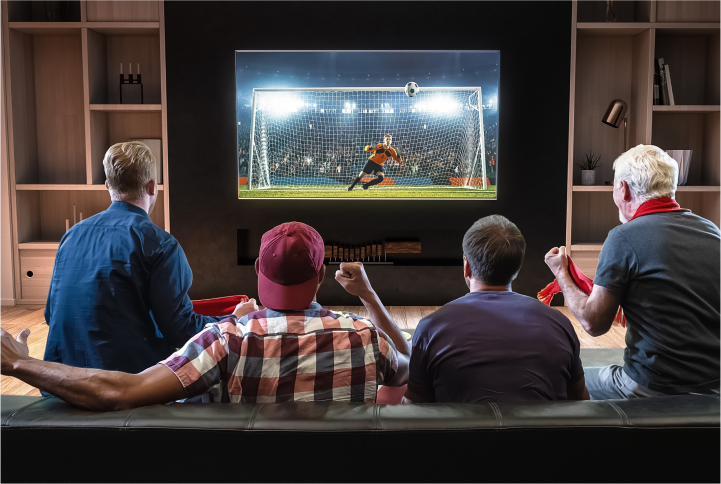
If you watch mostly sports or commentary-based media,
If you watch mostly sports or commentary-based media, having a subwoofer and ceiling sound effect reflectors are likely less important to your setup.
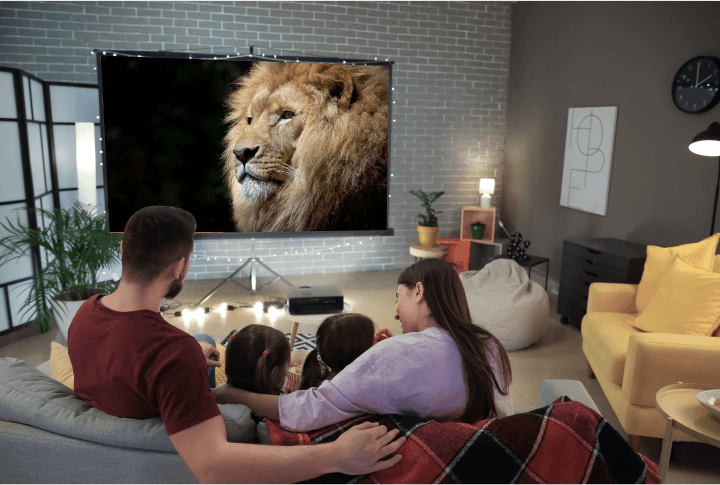
if you expect your sound system to deliver a movie theater type of experience
However, if you expect your sound system to deliver a movie theater type of experience, with rumbling explosions, rear and ceiling projected sound effects, and crisp dialogue audio, you will want a more expansive speaker layout.
Individual Speaker Setup Considerations
The following are some aspects of individual speaker placement that you should keep in mind:
Center Channel Speaker
Ideally, this speaker resides either below or directly above the middle of the TV screen. Because this speaker is responsible for a great amount of the soundtrack and dialogue, it needs to be centered between the front left and right speakers for seamless audio tracking.



The center speaker needs to be at ear level for a seated audience for the best sound quality, which is usually around 30 to 50 inches off the ground.
If your space constraints don’t allow your speaker to be this high, try angling it up towards ear level to enhance your audio experience.
Front Left and Right Speakers
These kinds of speakers should always be kept equidistant to the center of the TV screen, or the central speaker, and the ideal listener position—sort of like a large, inverted triangle.
Ideal Distance between Left and Right Speaker
Because these speakers receive and broadcast much of the acoustic information from a film or concert’s audio track, you definitely do not want to skimp on these units.
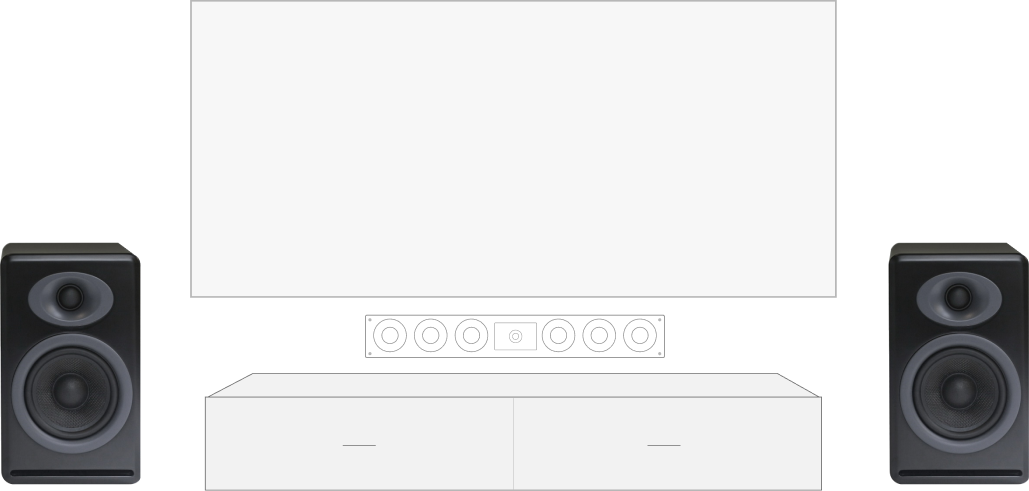

Because these speakers receive and broadcast much of the acoustic information from a film or concert’s audio track, you definitely do not want to skimp on these units.
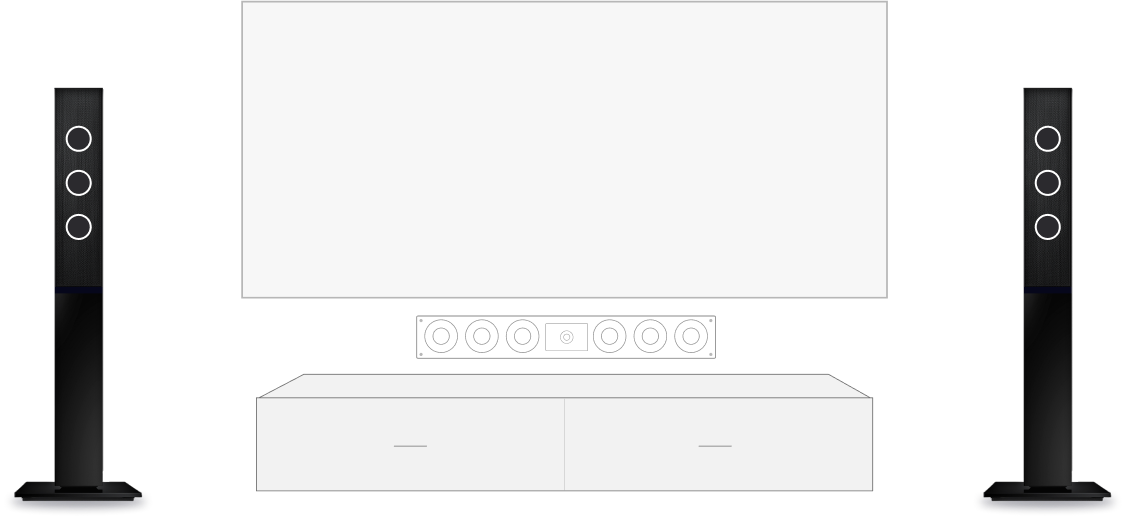

Position your left and right speakers 2 to 3 feet away from any walls, and angle them towards the back of the audience to broadcast the sound content and acoustic image behind the listener. This casts a complete sound bubble around the audience and immerses them in the audio.
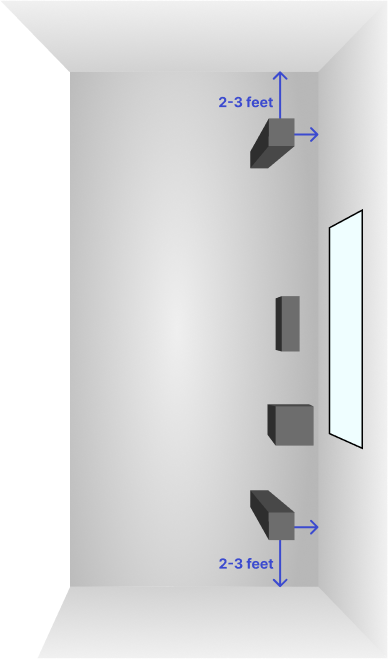
Subwoofer
You do have quite a bit more freedom in placing your subwoofer unless your setup is a 2.1 channel speaker layout that relies on the subwoofer to act as a central unit. But in general, subwoofers are more versatile because the low frequency sounds they process are omnidirectional.
The most common placement for a subwoofer is at the front of the room for ease of wiring, but you can also place the subwoofer next to a wall for tighter, controlled bass, or even in the corner for a louder, more percussive bass.
Because the subwoofer’s bass output will sound differently wherever you go in the room, make sure to try out several iterations of placement to find the best one for your particular home theater setup.
Surround Speakers
With your surround speaker units, you want to keep your main side surrounds at ear level for the seated audience. And if your seating arrangement does not include the use of risers to elevate back sections of the chairs, your rear surround speakers should also be in line with your ears when seated.
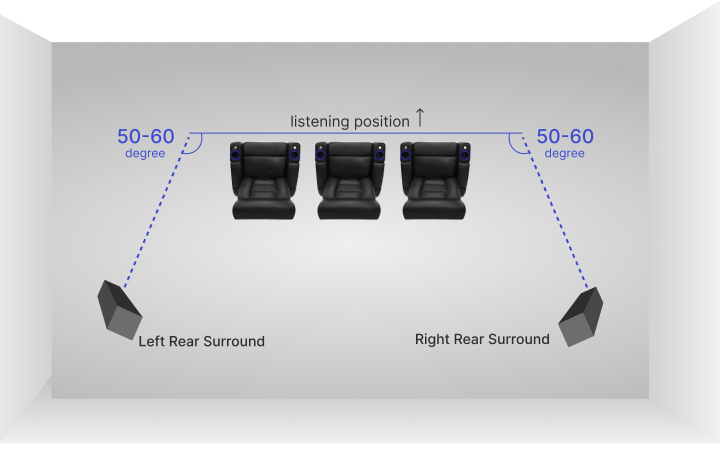
The rear surround speakers should also be spread out at a 45 to 60-degree angle to your listening position, if possible.
But if your seating is too close to the back wall, the 45to 60-degree spread of your rear surrounds may mean they’re still very close together. In that case, you can move them to a position just outside of the main seating area, as that would be better for sound quality than having rear surrounds too close together.
Typical Speaker Setup Plans
With these popular speaker system setups, you should be able to complete your sound layout quite easily, depending on what audio equipment and speakers you want to put into your home theater, and what you are looking for in terms of acoustic focus. The following are five of the most popular setups for your home sound system.
2.1 Channel Speaker Setup
This is a very basic speaker plan that essentially adds a subwoofer to your 2-channel stereo sound system of the front left and right speakers. The front left and right speakers should be placed between 3 and 4 feet on either side of the TV screen and face the audience at a center-of-room angle.


Because the subwoofer here acts as the central speaker, the left and right speaker units should be equidistant from the subwoofer, and 2 to 3 feet from the wall. Place the subwoofer in a central position, as putting it on a shelf or cabinet in the corner will obstruct the soundwaves and muddy the audio. People commonly put the subwoofer next to the receiver front and center with the TV screen.
5.1 Channel Speaker Setup
This setup is the base required for the perfect surround sound experience, consisting of five speakers in total:
One
center speaker
Two
front speakers
Two
surround sound speakers
When it comes to placement, the position of the front left and right speakers is identical to the 2.1 channel setup, and the center speaker should be placed directly below or above your TV screen.
The pair of additional surround sound speakers are responsible for amplifying the media’s environmental and ambient sounds and should be placed on each side of the audience facing inwards.
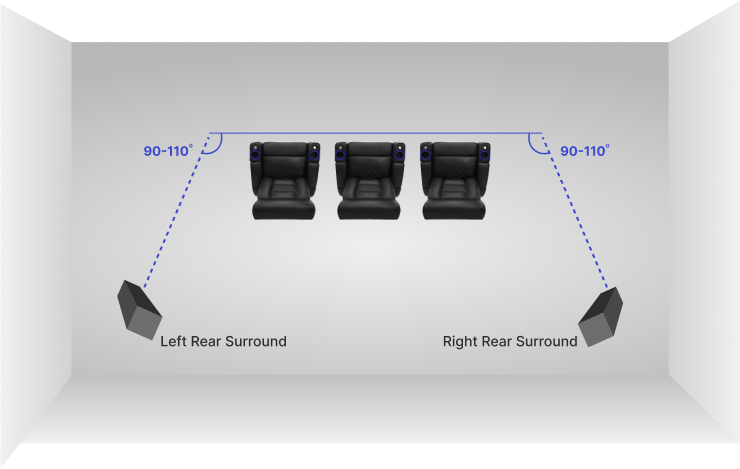
Positioning these speakers at roughly 90 to 110 degrees relative to the listener’s position is ideal, but make sure to place them well above ear level to avoid any distracting or unnatural ambient noise processing. Typically, mounting these speakers around 2 or 3 feet above ear level is perfect.
7.1 Channel Speaker Setup
When it comes to the positioning of the speakers, both 5.1 and 7.1 channel setups are fairly similar, except for the back left and right speakers in the latter.
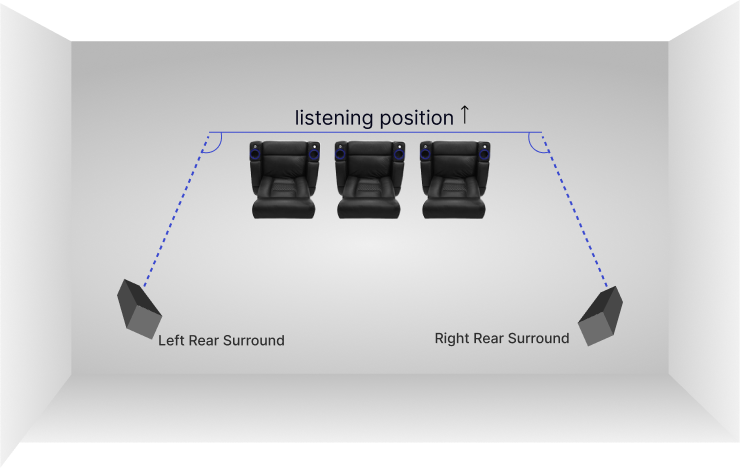
For the best 7.1 acoustic experience, these back speakers should be positioned just above the audience’s head level, between 135 to 150 degrees behind the viewer.
If you must compromise on placement, it’s typically better to move these rear speakers closer together and further back.
If you move them apart and closer to the viewer, the sound quality will be adversely affected.
9.1 Channel Speaker Setup
Coming into the more complex and audibly elaborate speaker setups, this is a ten-unit surround system that relies on nine speakers and a subwoofer. This is an incredibly high-end home theater sound system, and not as common as the 7.1 or 5.1 layouts. But it can also be achieved by slowly adding components to your speaker system over time.
In terms of layout, the front left and right, central, and back left and right speakers are all in the same position as the 7.1 channel setup, you are adding two front height speakers to mix here.
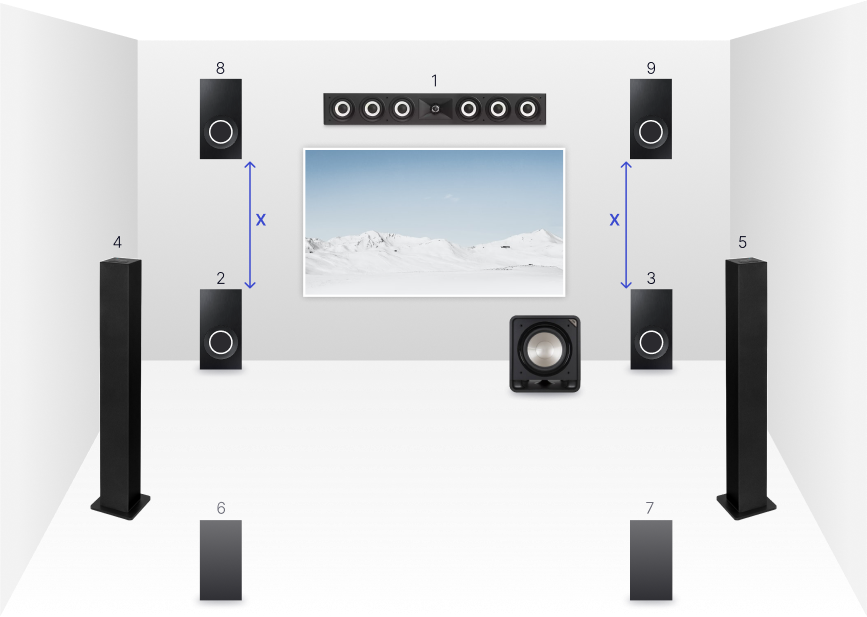
X = 3 feet
- Center Channel Speaker
- Left Front Speaker
- Right Front Speaker
- Left Back Speaker
- Right Back Speaker
- Left Surround Speaker
- Right Surround Speaker
- Left front height Speaker
- Right front height Speaker
The front height speakers are mounted on the wall at the front of the room, directly above the front left and right speakers. For optimal sound quality, the front height speakers should be about 3 feet above the left and right speakers. And unlike the left and right speakers, your front height speakers should face directly at the audience.
11.1 Channel Speaker Setup
The King Kong of speaker system setups, the 11.1 channel is an incredibly robust surround sound system.
With the main speakers positioned just like they are in the 9.1 channel setup, you will also be adding some special sound effect speakers to the party.
Atmos height speakers are the crowning gems of 11.1 systems and are used to cast detailed sound effects into the audience.
These speakers will be installed directly into the ceiling or the juncture where the wall meets the ceiling, and work to reverberate the sound over the listeners’ heads, resulting in an umbrella effect of complete acoustic immersion. Typically, you will want at least four height speakers to compose a box shape of sound across the ceiling.

An alternative to in-ceiling Atmos height speakers is elevation speakers, which are designed to sit atop your front left and right speakers and bounce the Atmos effects off the ceiling, relying on angles and physics to spread the sound effects over the audience.
So, if wiring into your ceiling is too difficult for your home theater space, this is a good alternative to the Atmos height speakers that directly fit into your ceiling drywall. Your film sound effects will still engulf your viewers and impress any audience.
Placing Your Speakers for
THE BEST SOUND
When it comes to your ideal speaker placement, as long as you follow the guidelines we have discussed in this article, you should be able to easily and confidently set up your home theater’s sound system.
And for any movie buffs out there, having a home theater with the best possible surround sound, acoustic immersion, and special sound effect casting takes your viewing experiences to the next level.
So, position those speakers, angle the surrounds, and get ready for the most exhilarating movie night you can get in the comfort of your own home.





